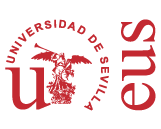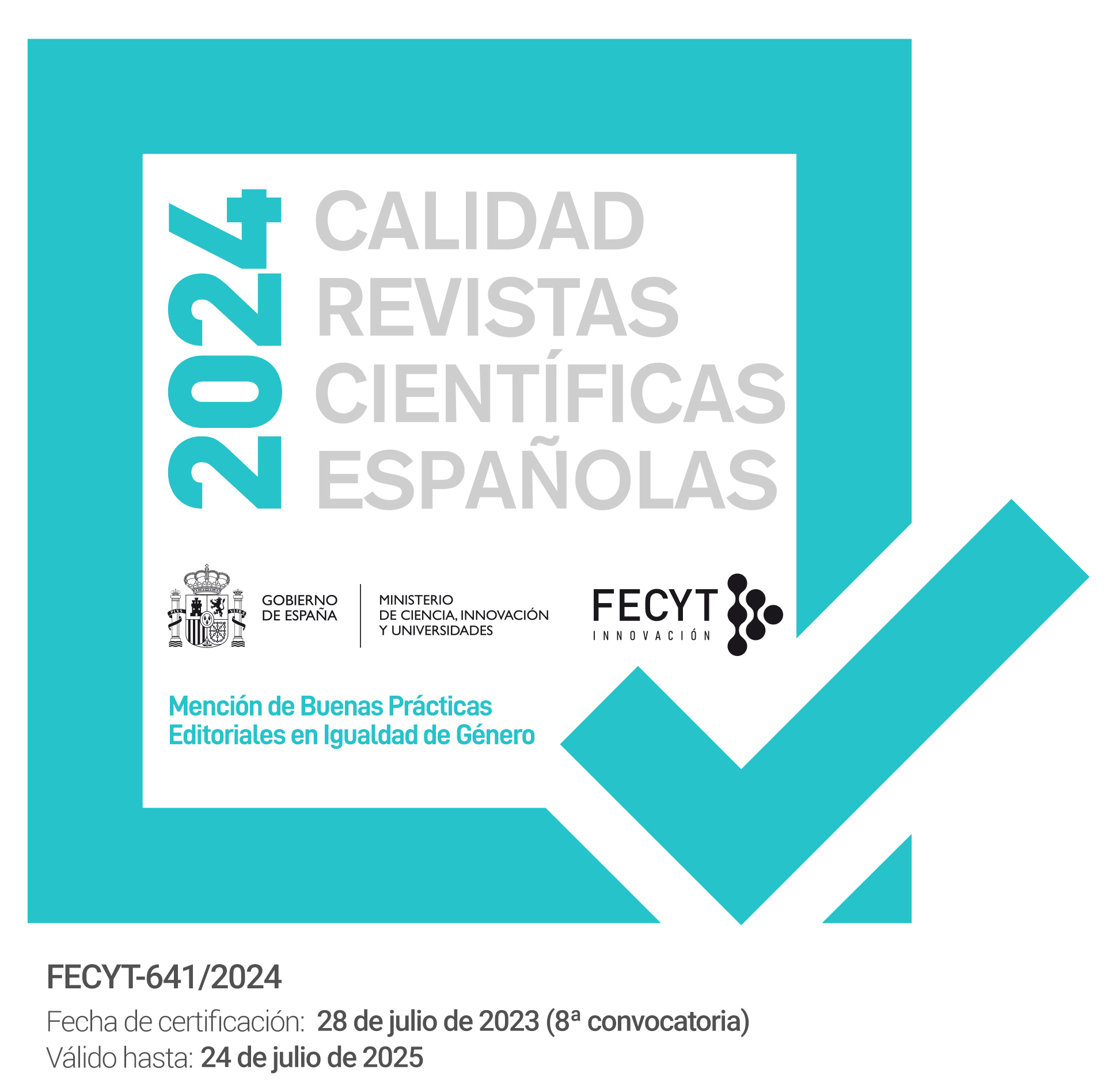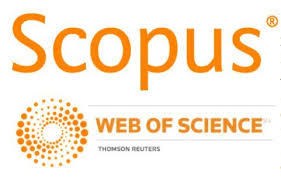A native speaker behind italics. Linguistic attitudes about grammatical gender through metalinguistic signs into 19th spanish press
DOI:
https://doi.org/10.12795/PH.2021.v35.i01.13Keywords:
historical sociolinguistics, grammatical gender and sex, linguistic attitudes, italics usage, historical corpusAbstract
In this study, we have analyzed from a historical sociolinguistic perspective a small corpus of 19th press texts where speakers showed their attitude on their language through typographical resources. In this sense, as nowadays, the use of italics to point out a “strange” usage (non “standard language”) often occurs. Ultimately, grammatical gender according to sexed agents from reality and into the speech (written as much as spoken) would be marked as well and the same way when reality needed an explanation.
Downloads
References
Almeida, M. (1999). Sociolingüística. Universidad de La Laguna.
Baker, C. (1992). Attitudes and Language. Multilingual Matters.
Conde Silvestre, J. C. (2007). Sociolingüística histórica. Gredos.
Coseriu, E. y Louredo Lamas, O. (2006). Lenguaje y política. En Lenguaje y discurso (pp. 17-34). Eunsa.
Escandell-Vidal, V. (2018). Reflexiones sobre el género como categoría gramatical. Cambio ecológico y tipología lingüística. En M. Ninova (Ed.), De la lingüística a la semiótica: trayectorias y horizontes del estudio de la comunicación. Universidad S. Clemente de Ojrid.
― (2020). En torno al género inclusivo, IgualdadES, 2(2), 223-249.
Fasold, R. (1984). The Sociolinguistics of Society. Basil Blackwell Ltd.
Gouveia, M. C. (2009). Reflexos do português antigo na linguagem popular e regional: o género gramatical, Sociedade en Tumulto. Biblos. Revista da faculdade de letras, 7, 429-451. https://doi.org/10.14195/0870-4112_7_19
Grijelmo, Á. (2019). Propuesta de acuerdo sobre el lenguaje inclusivo. Taurus.
Kabatek, J. (2016). Lingüística de corpus y lingüística histórica iberorrománica. De Gruyter. https://doi.org/10.1515/9783110462357
López Morales, H. (1977). Hacia un concepto de sociolingüística, Lecturas de sociolingüística, 101-124.
― (1989). Sociolingüística. Gredos.
Medina Morales, F. (2004). Problemas metodológicos de la sociolingüística histórica, Forma y función, 18, 115-137.
Regúnaga, A. (2009). Categorización lingüística, género gramatical y visión del mundo, Anuario. Facultad de Ciencias Humanas, 9, 193-210.
Rivas Zancarrón, M. (2018a). Algunas consideraciones sobre las diferencias entre género natural y gramatical. Motivación social vs. motivación lingüística. En V. Gaviño Rodríguez y J. Marchena Domínguez, Civilización, literatura y lengua españolas (pp. 225-238). Editorial UCA.
― (2018b). La forma de los tipos gráficos como instrumento para la expresión de actitudes lingüísticas en la prensa costarricense del siglo XIX, Boletín de Filología, 53(1), 237-2. https://doi.org/10.4067/S0718-93032018000100237
― (2019a). Actitudes explícitas ante el resalte gráfico en la tradición discursiva periodística española de los siglos XVIII y XIX, Anuario de Letras. Lingüística y Filología, 7(1), 235-271. https://doi.org/10.19130/iifl.adel.7.1.2019.1534
― (2019b). Tipografía de resalte y actitudes lingüísticas a partir de la consideración de obras lexicográficas de contenido americano en el siglo xix. Algunos ejemplos a la luz de la prensa costarricense. En M. Quilis Merín y J. Sanmartín Sáez (Eds.), Retos y avances en lexicografía: los diccionarios del español en el eje de la variación lingüística (pp. 77-100). Asociación Española de Estudios Lexicográficos.
Sancha Vázquez, J. (2015a). Un acercamiento al mal llamado “sexismo lingüístico” y las razones lingüísticas de su confusión. La identidad nacional a través del diálogo entre culturas (pp. 102-108). Universidad Federal del Sur.
― (2015b). El sexo y la lengua, ¿qué es lo que corrigen en realidad las guías de lenguaje no sexista? En M.E. Semikova, A. Santana Arribas y M.ª A. Shevtsova (Coords.), Problemas actuales del conocimiento en Humanidades: aspectos teóricos y aspectuales (pp. 52-67). Universidad Lingüística de Piatigorsk.
― (2019). Conciencia lingüística ante la dimensión «género» en el español de la opinión pública de los siglos XVIII y XIX (Tesis doctoral inédita). Universidad de Cádiz.
― (2020a). La injerencia del sexo en el lenguaje. Dos siglos de historia del género gramatical en español. Peter Lang.
― (2020b). La lucha por el poder entre las ideologías “alternativas» y la ideología “hegemónica» del género gramatical en español: reflexiones en torno a la innovación lingüística y la “artificialidad”, Études romanes de Brno, 41(2), 249-270.
― (2020c). «Je la suis aussi”. De pronombre acusado a pronombre acusativo: historia de una antineutralización sociolingüística. En M. Rivas Zancarrón, y V. Gaviño (Eds.), Creencias y actitudes ante la lengua en España y América (siglos XVIII y XIX) (pp. 227-250). Iberoamericana Vervuert.
― (2020d). Exploración de los universos sociolingüísticos «genérico» (sexuado) y «no genérico» (no sexuado) como explicación de la injerencia del sexo en la lengua española: cómo, cuándo y por qué. En B. Alonso, F. Escudero, C. Villanueva, C. Quijada y J. J. Gómez (Eds.), Lazos entre lingüística e ideología desde un enfoque historiográfico (ss. XVI-XX). Ediciones Universidad de Salamanca.
― (en prensa). Niños y niñas en la conciencia lingüística decimonónica. Un caso de activación del universo sociolingüístico genérico en la tradición discursiva escolar, Onomázein, 61.
Silverstein, M. (1985). Language and the Culture of Gender: At the Intersection of Structure, Usage and Ideology, Semiotic mediation, 219-259. https://doi.org/10.1016/B978-0-12-491280-9.50016-9
Fuentes documentales
El Chisme: órgano de las señoras (1890-1891). Imprenta de Calzada e Hijo.
El Duende, periódico nocturno consagrado al bello sexo y a los dilettanti (1855-1856).
El Mundo femenino (1886-1887). El Mundo femenino.
El Mundo pintoresco, periódico semanal: literatura, ciencias, artes, biografías, música, teatros, modas y toros (1858-1860). Imprenta de Juan José Martínez.
El trabajo: literatura, artes, ciencias, comercio, miscelánea, noticias, avisos, etc. (1880). Valparaíso, Julio Real y Prado.
La Época (1849-1936). La Época.
La esperanza (1844-1874).
La Iberia (1856-1866).
La prensa libre (1889). La Prensa Libre.
Gedeón, semanario satírico (1895-1912). Gedeón.
Memorial histórico: periódico noticioso, comercial, científico y literario (1846).
Published
How to Cite
Issue
Section
License
Copyright (c) 2021 Philologia Hispalensis

This work is licensed under a Creative Commons Attribution-NoDerivatives 4.0 International License.
The printed and electronic editions of this Journal are edited by the University of Seville Editorial, and the source must be cited in any partial or total reproduction.
Unless otherwise indicated, all the contents of the electronic edition are distributed under a license of use and distribution “Attribution-NonCommercial-NoDerivatives 4.0 International” . You can view the informative version and the legal text of the license here. This fact must be expressly stated in this way when necessary.
Authors who publish in this journal accept the following conditions:
- The author/s retain copyright and grant the journal the first publication right, and accept it to be distributed with the Creative Commons By NC ND 4.0 licence, which allows third parties to use what is published whenever they mention the authorship of the work and the first publication in this journal and whenever they do not make commercial use and reuse it in the same way.
- Authors can make other independent and additional contractual agreements for the non-exclusive distribution of the article published in this journal (e.g., include it in an institutional repository or publish it in a book) provided they clearly indicate that the work was published for the first time in this journal.
Authors are allowed and recommended, once the article has been published in the journal Philologia Hispalensis (online version), to download the corresponding PDF and disseminate it online (ResearchGate, Academia.edu, etc.) as it may lead to productive scientific exchanges and to a greater and faster dissemination of published work (see The Effect of Open Access).
Accepted 2021-06-02
Published 2021-12-21
- Abstract 251
- PDF (Español (España)) 144
- HTML (Español (España)) 110
- XML (Español (España)) 118







